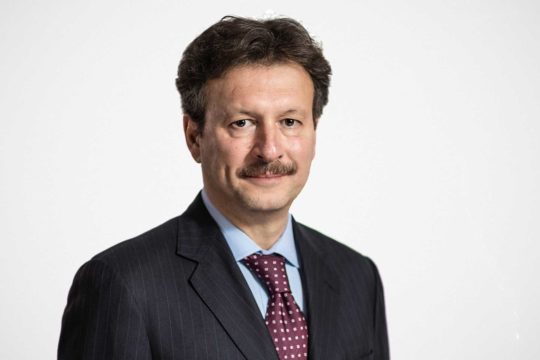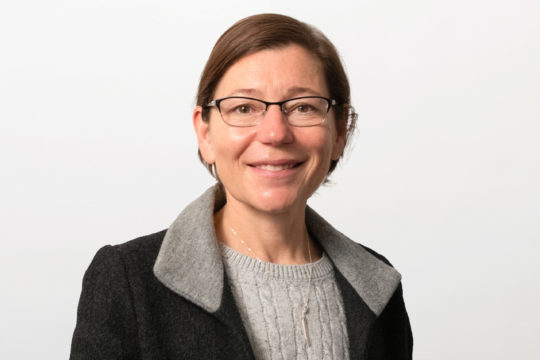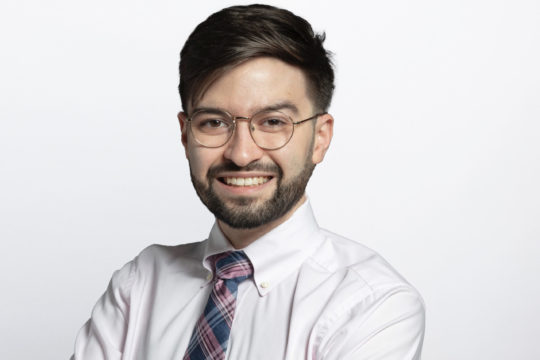Diseased filum terminale as a cause of tethered cord syndrome in Ehlers Danlos syndrome: histopathology, biomechanics, clinical presentation, and outcome of filum excision.
Petra M. Klinge MD, Vikas Srivastava PhD, Abigail McElroy DVM, Owen P. Leary BS, Zahra Ahmed Sc.M., John E. Donahue MD, Thomas Brinker MD, Philippe De Vloo MD, Ziya L. Gokaslan MD

Background
Patients with hypermobile Ehlers-Danlos syndrome (hEDS), a heritable connective tissue disorder (CTD), present frequently with symptoms of tethered cord syndrome (TCS) but without a low-lying conus. Currently, a surgical treatment of such cases is controversial.
Objective
Since CTD affects fibrous structures, we hypothesized that a diseased filum terminale (FT) might cause TCS in hEDS justifying surgical transection for treatment.
Methods
We investigated FT pathology, FT biomechanics, clinical presentation, and outcome following FT excision in 78 radiologically occult hEDS-TCS cases and for comparison in 38 typical TCS cases with low-lying conus and/or fatty infiltration but without hEDS.
Results
In hEDS-TCS, electron microscopy revealed inherited collagen fibril abnormalities and acquired fibril damage. Biomechanical tension tests revealed elastic properties of the FT in both study groups, but they were impaired in the hEDS TCS. Follow-up examinations at 3 and 12 months after FT excision showed statistically significant improvement of urinary, bowel and neurological symptoms in both study groups; intergroup comparison revealed no differences in outcome except more pronounced neurological improvement in the hEDS-TCS group.
Conclusion
Both, morphological findings, and biomechanical tests indicate limited elastic properties of the FT in hEDS, which is no more able to dampen but still transmitting spine movement related stretch forces. That mechanism exposes the conus medullaris to unphysiological stretch forces causing TCS especially when considering the hypermobile spine in hEDS. This notion is supported by the observed clinical improvement following FT resection in hEDS-TCS cases without low lying conus.
Read the Full Text Here



